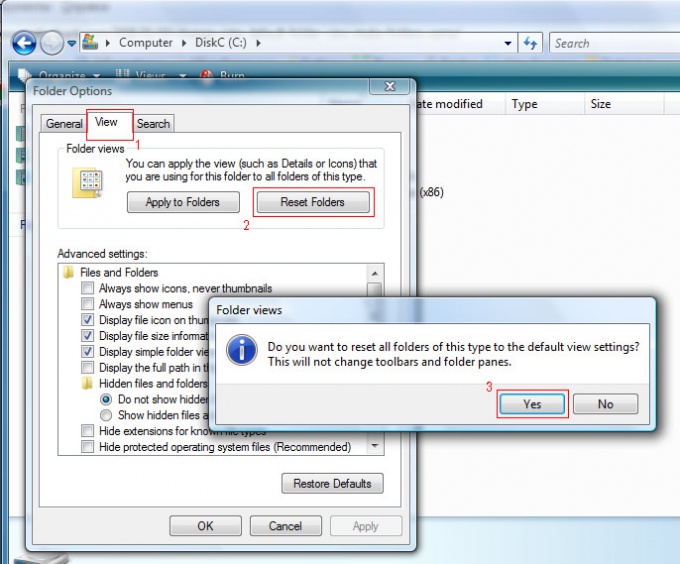Instruction
1
The formal change of file type.
To formally change the file type enough to change its extension. For this file you need to rename and change the part of the file name, which is written after the point (e.g. in Windows, double-click on the file name and select "Rename").
In old operating systems as a file name extension has been used no more than three characters. In modern OS the length of the extension is practically unlimited.
As Windows Explorer default file extensions are not displayed, you first need to configure the display of file type. For example, in Windows XP it is enough to open any folder choose:
"Tools" - "folder options..." - "View" and in the list of "advanced settings" remove the check in the line "Hide extensions for known file types".
When you should take into account that changing the type may result in disability or loss (if had forgotten the old extension).
To formally change the file type enough to change its extension. For this file you need to rename and change the part of the file name, which is written after the point (e.g. in Windows, double-click on the file name and select "Rename").
In old operating systems as a file name extension has been used no more than three characters. In modern OS the length of the extension is practically unlimited.
As Windows Explorer default file extensions are not displayed, you first need to configure the display of file type. For example, in Windows XP it is enough to open any folder choose:
"Tools" - "folder options..." - "View" and in the list of "advanced settings" remove the check in the line "Hide extensions for known file types".
When you should take into account that changing the type may result in disability or loss (if had forgotten the old extension).
2
The actual change in the file type.
If you change the extension the file type is different, but the content remains. In addition, the operating system will not be able to correctly identify the file type so the program to work with these files you need to manually select.
To really change the type of file you want to open it in the program where it was created (or a similar "understanding" of such format) and then save in a new format with a new extension.
These operations are easiest to conduct when the file type changes slightly (staying within the same family). For example, graphics file type GIF is changed to PNG as a graphics format, or video type avi re-encoded to mpeg (though this will require significant time).
To change file types there are special programs – decoders (converters) that allow such changes with minimal loss of information.
If you change the extension the file type is different, but the content remains. In addition, the operating system will not be able to correctly identify the file type so the program to work with these files you need to manually select.
To really change the type of file you want to open it in the program where it was created (or a similar "understanding" of such format) and then save in a new format with a new extension.
These operations are easiest to conduct when the file type changes slightly (staying within the same family). For example, graphics file type GIF is changed to PNG as a graphics format, or video type avi re-encoded to mpeg (though this will require significant time).
To change file types there are special programs – decoders (converters) that allow such changes with minimal loss of information.
3
Changing the type of the file different formats.
In order to transfer a file from one "family" to another, for example, from graphical to a text, need a special, more serious program. In addition to the use of professional software is likely to need services themselves professionals. For example, to convert PDF to DOC or TXT, you will need a professional application Fine Reader. However, if the PDF file is protected by password without knowing the password, change the type of this file for text it is impossible (theoretically...).
In order to transfer a file from one "family" to another, for example, from graphical to a text, need a special, more serious program. In addition to the use of professional software is likely to need services themselves professionals. For example, to convert PDF to DOC or TXT, you will need a professional application Fine Reader. However, if the PDF file is protected by password without knowing the password, change the type of this file for text it is impossible (theoretically...).
Note
What are the different types of files and how to change file format to another? You probably remember that we had problems with saving pictures. For this, there are more "powerful" programs (apps) that can save text and pictures (images), and table - loads of stuff they still know how.
Useful advice
If we talk about file formats, we – end users - not so much interested in them, so no problem. However, in a situation when the file does not play on the device due to the inconsistency of format, users sooner or later the question may arise about how to change the file format? What events can cause such a need?
